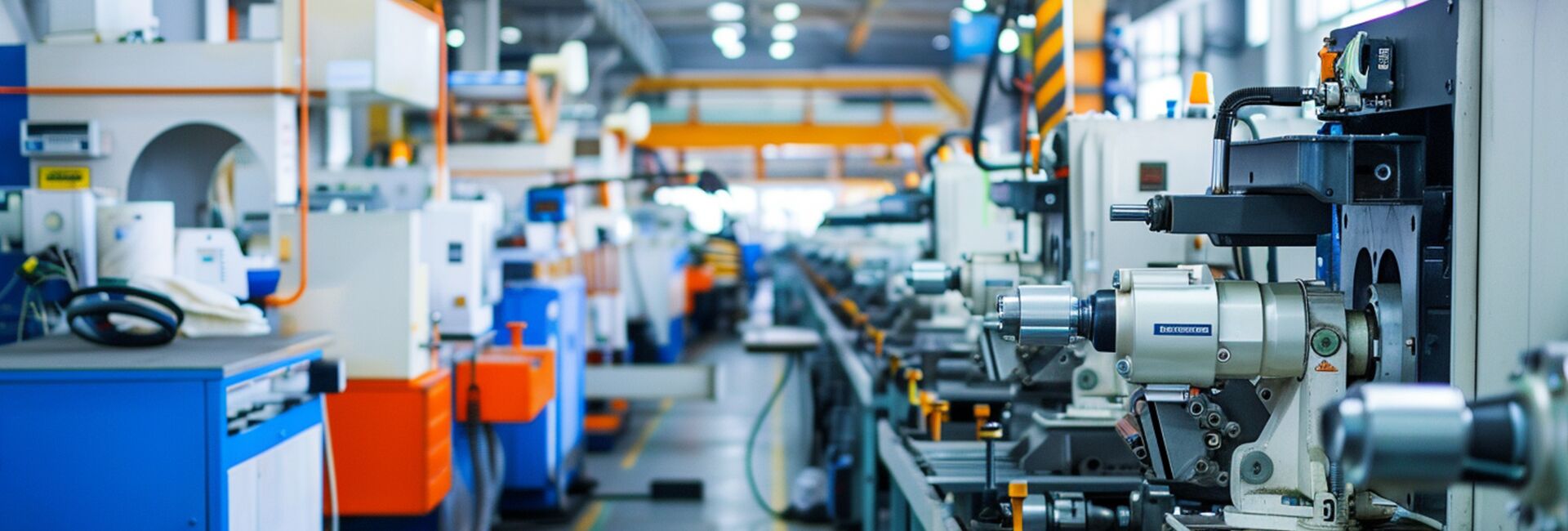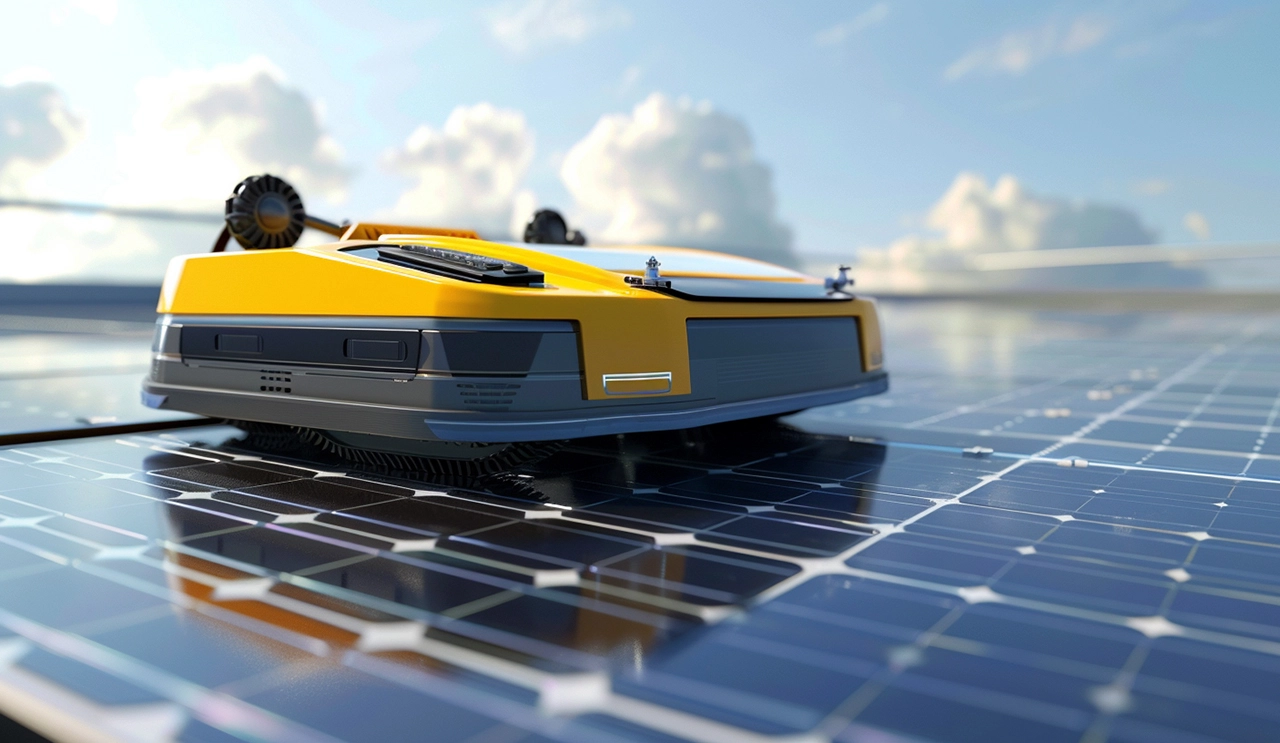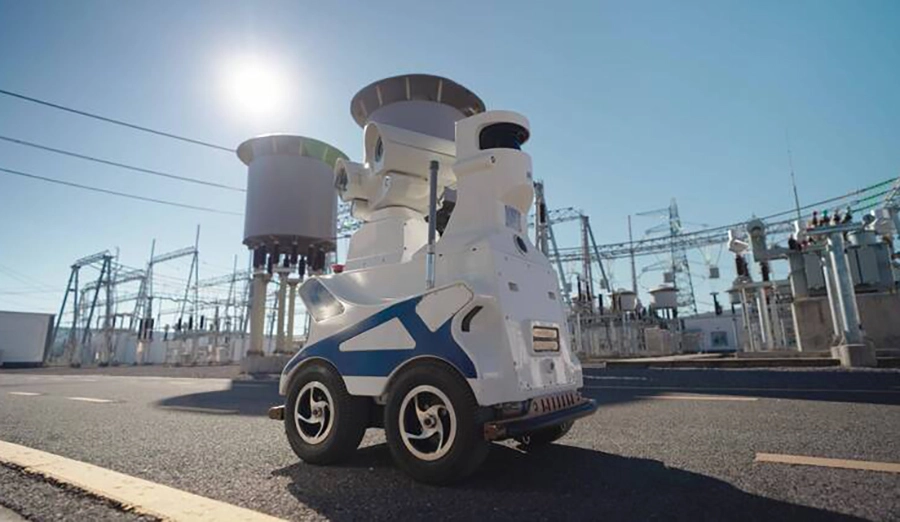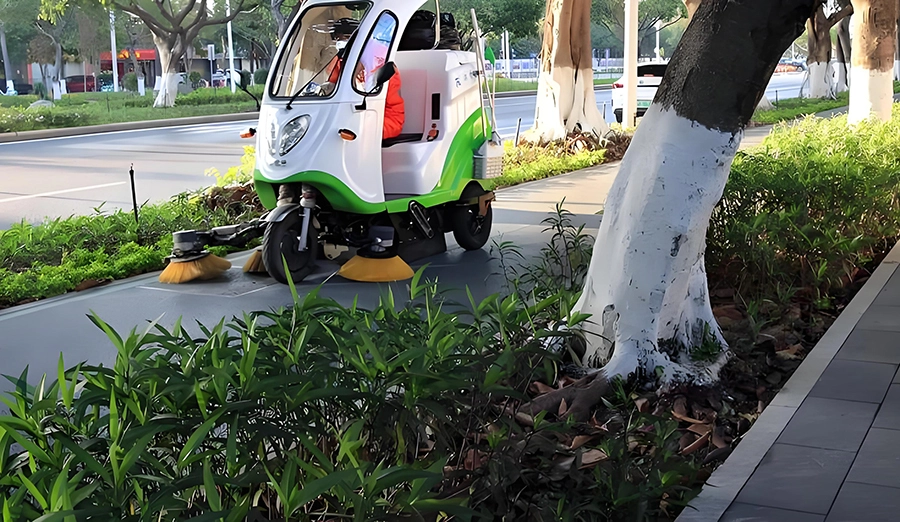
WIRELESS CHARGING IN THE NEWS
The park inspection robot is an intelligent service device integrating technologies such as autonomous driving, environmental perception, and multi-sensor fusion, specifically designed for the management of urban public Spaces. This type of robot is usually equipped with devices such as lidar, high-definition cameras, temperature and humidity sensors, and gas detection modules. It is interconnected with the background management system in real time through 5G networks, forming an intelligent inspection network.
Core functions and application scenarios
All-weather security guard
Equipped with 360-degree panoramic cameras and thermal imagers, the robot can independently plan patrol routes and monitor in real time abnormal situations such as people gathering, illegal fishing, and fire hazards. The inspection robots used in Beijing Olympic Forest Park have successfully warned of multiple incidents of children climbing dangerous areas through the behavior recognition system. During night patrols, the infrared thermal sensing system can accurately identify stranded individuals, effectively reducing potential safety hazards.
2. Environmental Quality Monitoring Station
The built-in air quality detection module can monitor 12 environmental indicators such as PM2.5, ozone and noise in real time. The inspection robots deployed in Shanghai Century Park, during the summer of 2022 when the paulownia catkins were flying, guided the garden department to precisely carry out the operation of reducing catkins through dynamic monitoring. The water quality monitoring probe can regularly detect parameters such as the pH value and dissolved oxygen of the water body, and promptly identify the precursors of cyanobacteria outbreak.
3. Facility Operation and Maintenance Scout
Robots equipped with millimeter-wave radar can identify road surface cracks at the 0.2-millimeter level, and the detection accuracy is 60% higher than that of manual detection. The robot system in Shenzhen Talent Park analyzes the damage characteristics of lighting facilities through AI algorithms, reducing the response time for repair reports to 15 minutes. The robotic arm module can perform simple maintenance tasks, such as resetting manhole covers and clearing small obstacles.
4. Intelligent service terminal
Robots integrated with voice interaction systems can provide multilingual tour guide services. The robots in Wuhan East Lake Greenway handle over 300 inquiries from tourists on average every day. The emergency call button is connected to the park's command center to achieve one-click alarm positioning. During the epidemic, some models were equipped with temperature screening and mask recognition functions, becoming mobile epidemic prevention nodes.
5. Ecological protection expert
Robots equipped with voiceprint recognition technology can monitor the biological activities in specific areas. The robots in Xixi Wetland, Hangzhou, have successfully tracked the habitat patterns of the endangered bird, the Mandarin finch. The solar power supply system ensures continuous operation for 24 hours, and its carbon footprint is reduced by 75% compared with the traditional inspection method.
The value of technological innovation
This type of robot builds three-dimensional spatial models through digital twin technology and analyzes potential risks in combination with historical data. Statistics from a certain smart park show that robot inspection has reduced the facility failure rate by 42% and saved management costs by 35%. With the maturation of 5G+ edge computing technology, multi-machine collaborative operation and autonomous charging will be achieved in the future, and a complete smart park management system will be constructed.
Park inspection robots are evolving from single inspection tools to comprehensive management platforms. Their value lies not only in efficiency improvement but also in the establishment of a new urban governance model featuring human-machine collaboration. This technological innovation not only responds to the management pain points in the process of urbanization, but also provides a practical sample for the digital transformation of public Spaces.







